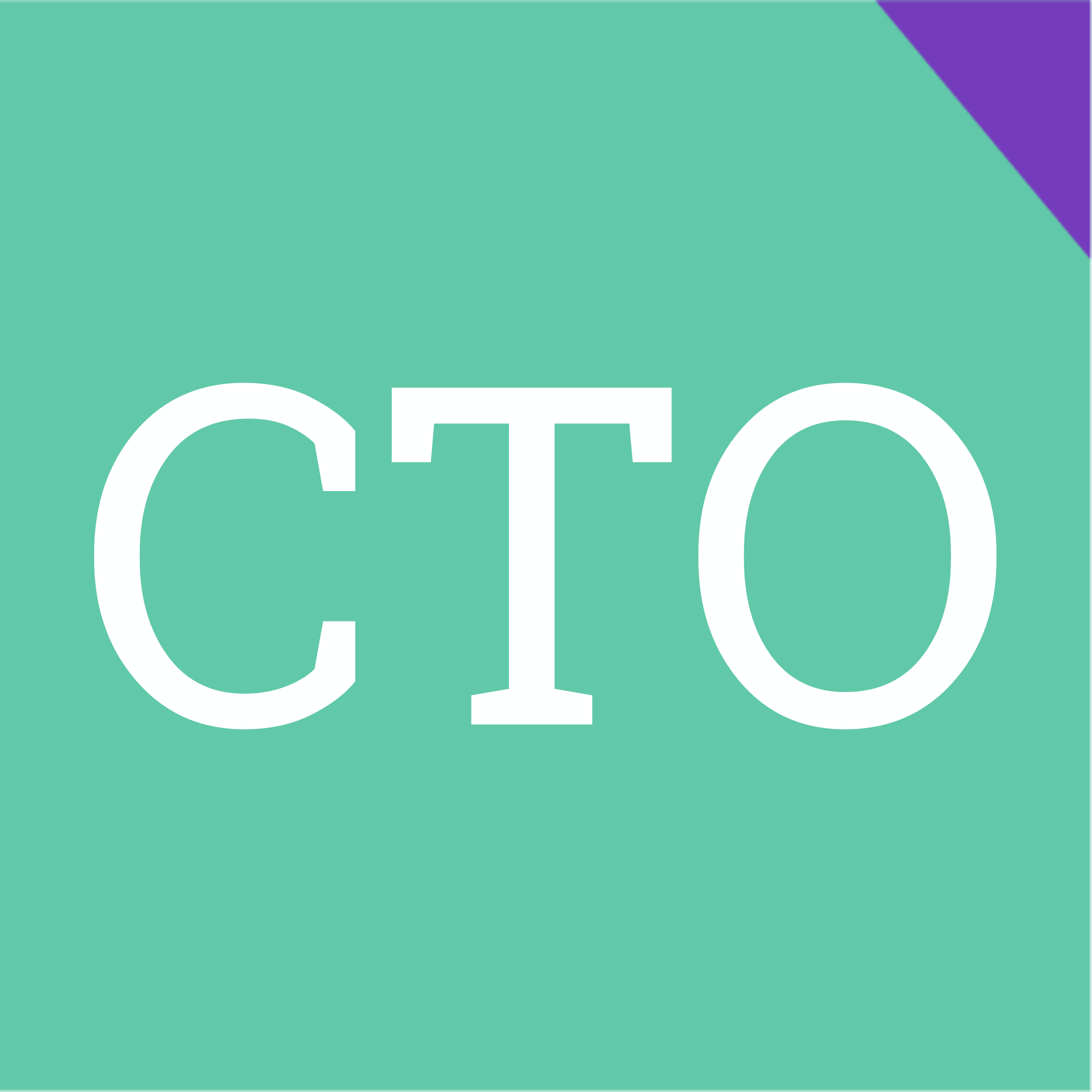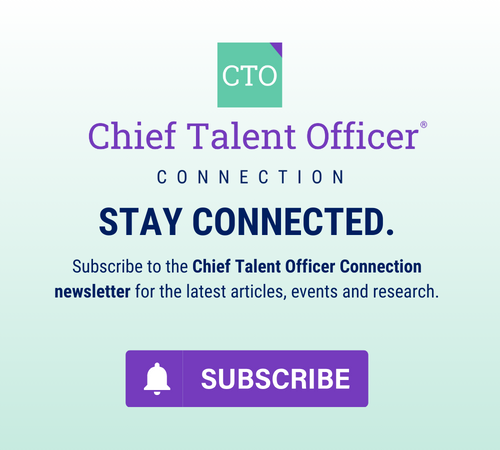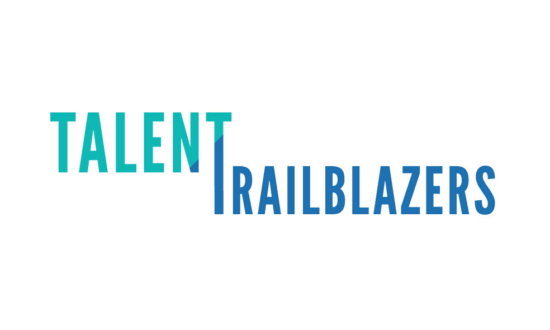
In her latest book, “Wired to Become,” Britt Andreatta, Ph.D., discusses the science behind our time-honored quest for purpose and the importance of meaningful work in today’s society. She invites talent leaders to create purpose driven organizations, bridge knowledge gaps and help employees achieve their potential.
Q. What is purpose? What happens to a mind in search of purpose?
Andreatta: We can think of purpose as an overarching sense of what matters in a person’s life, and gives them a sense of meaning. Purpose is always self-transcendent, where your actions result in service or benefit to others. The research is clear that today’s workers are trying to increase their well-being through working at purpose-driven organizations or finding meaningful work.
Q. Why do we place a premium on purpose? How can individuals shift their mindset around work to make effective use of the brain’s response to learning?
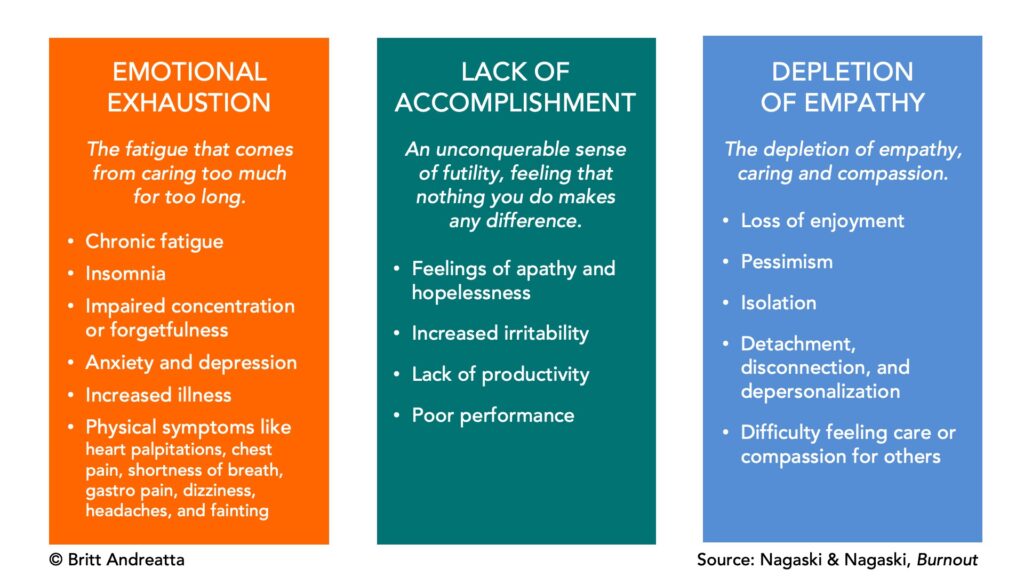
Andreatta: What’s really important about this moment in time is everyone experienced four pressures that really activated and accelerated the hunger for purpose at work. One was grief, and that was coupled with a lot of time for reflection. The third was burnout. And fourth, people experienced what’s known as post traumatic growth. A hallmark of post traumatic growth is seeking more purpose and meaning; you lean into the transformation being caused by difficulty, and you focus on how you’re going to not only get back to how things were, but become better.
Millennials, who will be 75 percent of the workforce by 2025, are now prioritizing purpose over paycheck. They will look at company websites, and they want to see not only corporate social responsibility, but a real commitment to equality and the environment.
Q. What elements of the workplace are most constitutive of meaningful work? How can employees navigate these areas with actionable strategies that provide purpose?
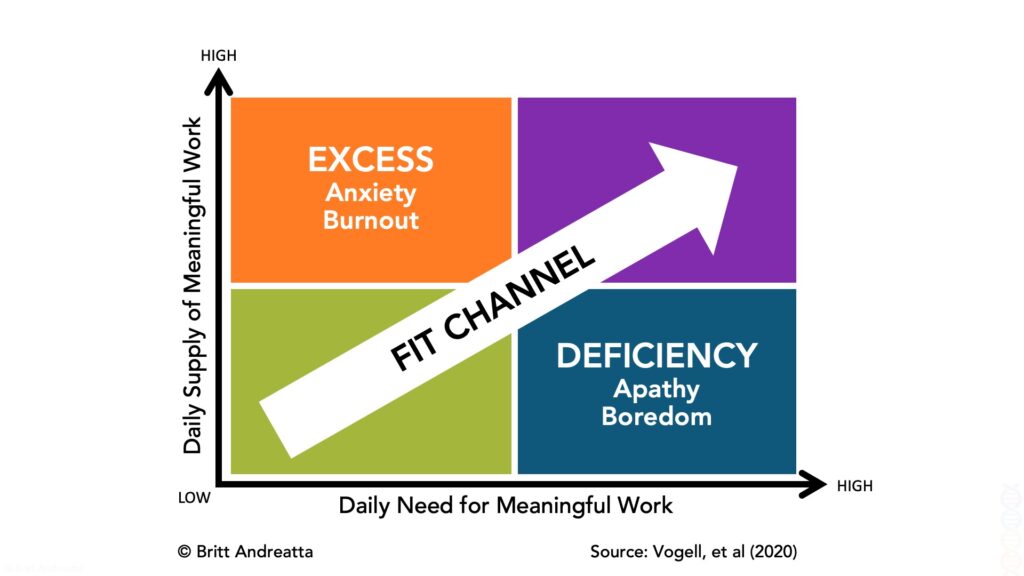
Andreatta: There are three things here. There’s meaning of work, which is what you were told when you were little that shaped your perception of what work should look like. Then there’s meaning in work. For example, I do training and development, and I get a great sense of meaning from helping people improve their skills and achieve their potential, so I’m always going to have a career that touches that in some way. And then there’s meaning at work, which is ‘this’ job at ‘this’ company.
Meaning of work, meaning in work, meaning at work – where is the disconnect for you? If it’s with this person, this boss, then move around in that company. If it’s with this place, get to another place.
Q. For workplace leaders, executives, and managers, how can your book help facilitate what you call “purpose-driven organizations” and why are they essential to the changing industrial landscape?
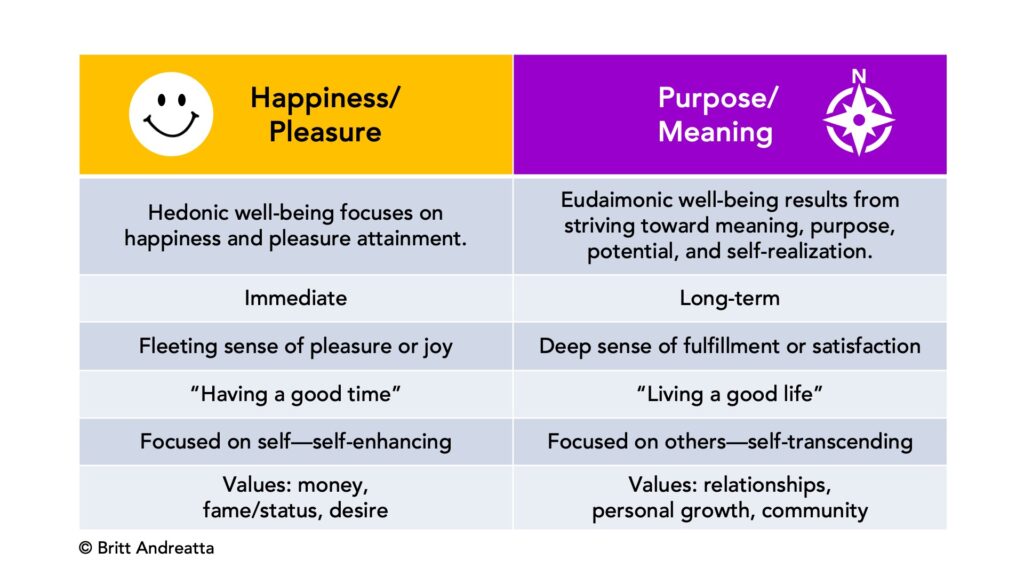
Andreatta: Leaders are now having to face this question of how do we become a truly purpose driven company. If you’re truly purpose driven, you’re looking at your own carbon footprint and you’re looking at where you’re sourcing your materials and what are the conditions of the workers in that place. You’re truly paying attention to that triple bottom line – the purpose, the people, the planet. Things are different now, and people really want to have pride in where they work. They want their day-to-day work to be meaningful, and they want to work for a company they know is committed to doing social good.
Q. What does an effective leader look like in the post-pandemic, hyper-digital workforce?
Andreatta: There’s no going back. Before the pandemic, we were already moving toward an economy that was going to be based on more purpose and meaningful work. That has just gotten accelerated with AI and ChatGPT. We’ve been slowly increasing in consciousness, and the higher levels of consciousness are focused on how we’re all interconnected, and on kindness and respect. I explain these things in the book because I want leaders to understand this is not a blip in time. The pandemic just shoved everything forward significantly.
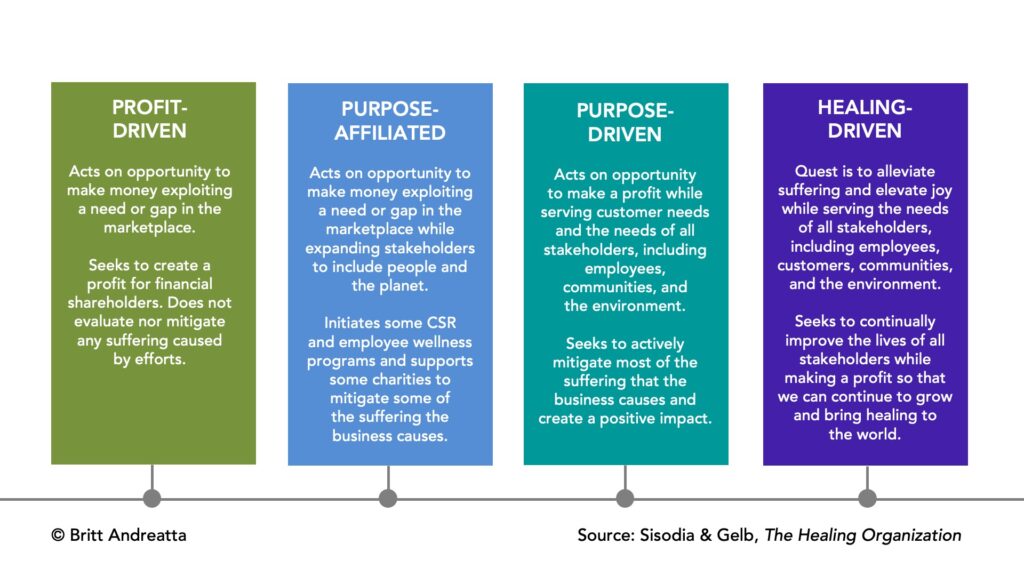
On top of it, we now have the majority of the workforce even more committed to social issues. You better get on board and start really leaning into building not only a purpose driven organization, but a healing organization, which is about doing social good to the point where we’re repairing past damage and elevating joy.
Q. What challenges are appearing throughout the talent industry? How can talent leaders best support employees and create an engaging workplace culture?
Andreatta: They’re needing to look ahead and make sure their executives have the skills they need to create and lead purpose driven organizations. They’ve got to make sure their managers have the skills to have these conversations at work, because people leave a boss, not a company. That relationship is the most critical for how people feel about their jobs.
We’re going to have people coming in our doors who are not as prepared as previous generations of workers were, and we’ve got to have a plan for that. The call I’m making to talent leaders is, as tired as you are and as busy as you are, you’ve got to start your plan now for how we’re going to close this gap.

